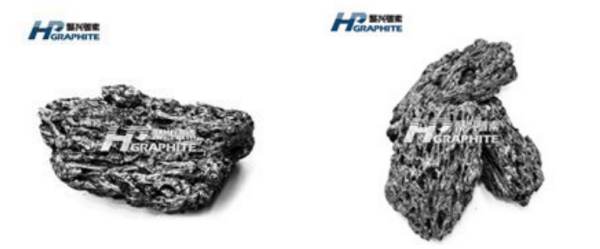China's needle coke raw materials are limited, lithium battery industry is expected to benefit

China's needle coke raw materials are limited, lithium battery industry is expected to benefit
Needle coke is used in lithium battery anode and graphite electrode. Benefiting from the boom of lithium battery industry from 2017 to 2021, the demand for needle coke increased from 227,600 tons to 1,309,400 tons, CAGR=55%. China's output reached 1.0839 million tons, with a low dependence on overseas imports. Needle coke production can be divided into two routes: petroleum-based and coal series. At present, the production capacity of the two process routes in China is the same. Due to the sulfur content of petroleum products, the production of petroleum-based needle coke in China is limited. Enterprises that can solve the problem of raw materials are expected to benefit.
Needle coke is applied to lithium battery anode and graphite electrode.
According to Shanxi Institute of Coal Chemistry, CAS (Chinese Academy of Sciences), needle coke is a high-quality carbon material vigorously developed in the 1970s, which belongs to artificial graphite and has the advantages of low thermal expansion coefficient, low porosity, low sulfur, low ash, low metal content, high conductivity and easy graphitization. Its graphitized products have good chemical stability, corrosion resistance, high thermal conductivity and good mechanical strength at low and high temperatures. Needle coke is divided into green coke and calcined coke. The green coke is mainly used to produce anode materials, and the downstream is new energy vehicles, accounting for 64%; Calcined coke is mainly used to produce graphite electrode, and the downstream is steel smelting industry, accounting for 36%.
The production of needle coke can be divided into two routes of petroleum-based and coal-based, and China's production capacity scale is equivalent.
According to Shanxi Institute of Coal Chemistry, Chinese Academy of Sciences, needle coke is divided into petroleum-based and coal-based according to different raw material routes, and its production methods are different. The production method of petroleum-based needle coke was developed by the United States in the late 1950s. The petroleum-based needle coke was prepared from heavy distillates of petroleum processing plants, such as thermal cracking residue and catalytic cracking clarified petroleum, through delayed coking and calcination processes. The production method of coal-based needle coke was developed by Nippon Steel and Mitsubishi Chemical Group in 1979. The method uses coal tar pitch, a by-product of coal coking, as raw material, to produce coal-based needle coke through three processes: raw material pretreatment, delayed coking and calcination. Since 2022, China's production capacity scale of petroleum-based needle coke and coal-based needle coke in China is equivalent, including 1.2 million tons of coal-based needle coke and 1.52 million tons of petroleum-based needle coke.

China's demand for needle coke exceeds 1 million tons, which can basically guarantee self-sufficiency.
Due to strong downstream demand, China's production and apparent consumption of needle coke have increased significantly since 2017. In 2017, China produced 151,200 tons of needle coke, the apparent consumption was 227,600 tons, and the import volume was 76400 tons. In 2021, China's production of needle coke reached 1,083,900 tons, CAGR=64% from 2017 to 2022; Apparent consumption was 1.3094 million tons, CAGR=55% from 2017 to 2022; The import volume was only 225,500 tons.
The high sulfur content of raw petroleum in China limits petroleum-based needle coke production.
The main component of petroleum is aliphatic hydrocarbon, and its content is very small. Due to long-term storage underground and the use of various catalysts during processing, the heavy petroleum of petroleum contains certain impurities, which is not conducive to the production of needle coke. Therefore, needle coke raw materials must be selected and treated. First, select heavy petroleum with high aromatic content and low sulfur content, and then remove impurities therein. Most of the crude petroleum processed in China are high sulfur crude petroleum, and there are few low sulfur petroleum suitable for producing needle coke. It is difficult to remove catalyst powder carried into heavy petroleum during refining.
The price difference of heavy aromatic hydrocarbons in needle coke raw materials continues to widen.
On August 1, 2022, the petroleum price difference between heavy aromatics and residue was 450 yuan/ton, and on November 10, 2022, the price difference had risen to 1,170 yuan/ton. The widening of the price difference is mainly due to the deviation of the price trend of heavy aromatics and residual oil. From August 1 to November 10, the price of heavy aromatics increased by 950 yuan/ton, while the price of residual oil only increased by 230 yuan/ton. Follow us to learn more about the market dynamics of needle coke.
No related results found








0 Replies